Back in The Hope Café just after 0830, Susie is preparing some buttered toast for a customer; the smell of bread colouring under the grill (note 1) drifted across the room and I could sense I wasn’t the only one whose nose was twitching. There is something about toasted bread which is very evocative; stirs the memory bank.
I think of Tony Buzan and scribble a mind map!
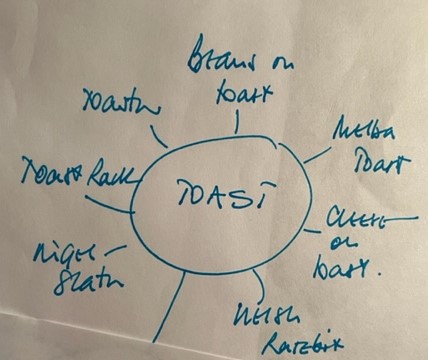
In the Officers’ Mess in Lippstadt, Germany, Moritz, a rather stooped civilian waiter with wispy white hair around his balding skull, scurried from the kitchen to the long dining table, bringing food or collecting plates. It was rumoured that he was a refugee from somewhere to the East, but we didn’t bother to find out. I came across him in the kitchen one Saturday afternoon, patiently making Melba toast to go with the paté for dinner that evening. It had never occurred to me that you simply took some white bread, toasted it, then sliced it in two with a sharp knife and toasted the un-browned sides. Moritz taught me something and the association with Melba toast remains. I regret we were young, boisterous and loud and probably rather dismissive of this gentle old man; shame on us!
Why Melba? The Australian opera singer Dame Nellie Melba (neé Helen Mitchell 1861-1931) became one of the most famous singers of the late Victorian and early C20th, performing in America, Europe and of course in Australia. She took the pseudonym Melba from her home city of Melbourne. Her name lives on in Melba toast, created for her by the French Chef Auguste Escoffier. These days you can of course, like most things, buy it commercially. There is however something very therapeutic about making it yourself. (Note 2)
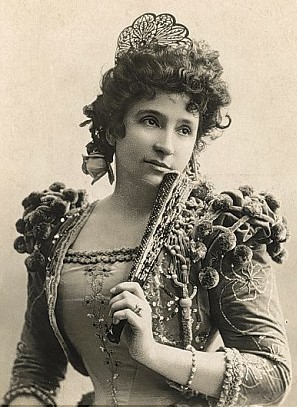
Fortunately Susie’s toast didn’t burn and the fire alarm stayed silent! Incidentally when you burn any organic material chemicals called ‘polycyclic aromatic hydrocarbons’ are produced. The smell of burnt toast is highly recognisable because it’s a dry food without any fat to trap the smoke particles. At home I find that trying to stop one’s own domestic fire alarm with a broom handle is a mixture of comedy and frustration!
If I ordered some toast from Susie it would probably come on a plate, but toast deserves to be elevated to something special. So we invented the toast rack; its object is to keep the toast from going soggy! These days they come in all shapes and sizes; if you need a new one remember your preferred thickness of the toast!

At school the prefects had a dingy room fitted out as a kitchen; a kettle, little ‘fridge, and a toaster. My memory is the plastic-wrapped white loaf being toasted and devoured in minutes during break time. I can picture the butter on its paper, covered in crumbs and bits of marmalade, knives left unwashed and mugs tea-stained and cracked!
I am a great fan of a soft-boiled egg, or three! In gentler times one took the trouble to toast some bread, white or brown, butter it, and cut each slice into four lengthways. In the UK we call these soldiers; it’s so much part of our traditional culture that a café on Northcote Road in Battersea, London called itself The Boiled Egg & Soldiers.

I seemed to have sailed a great deal in my life. In doing so I have found huge variations in the kit provided, some quite ingenious. Food is an essential element of sailing providing you don’t suffer from seasickness. A greasy fried breakfast might be frowned upon in the C21st but it was an absolute essential for providing energy and it needed toast. The best gadget was a trapezoid prism in skeleton, placed over a gas ring. This formed the frame against which you could prop the bread and brown one side. With skill you could create a recognisable piece of toast; a lack of concentration and the burnt bread went to feed Davy Jones.
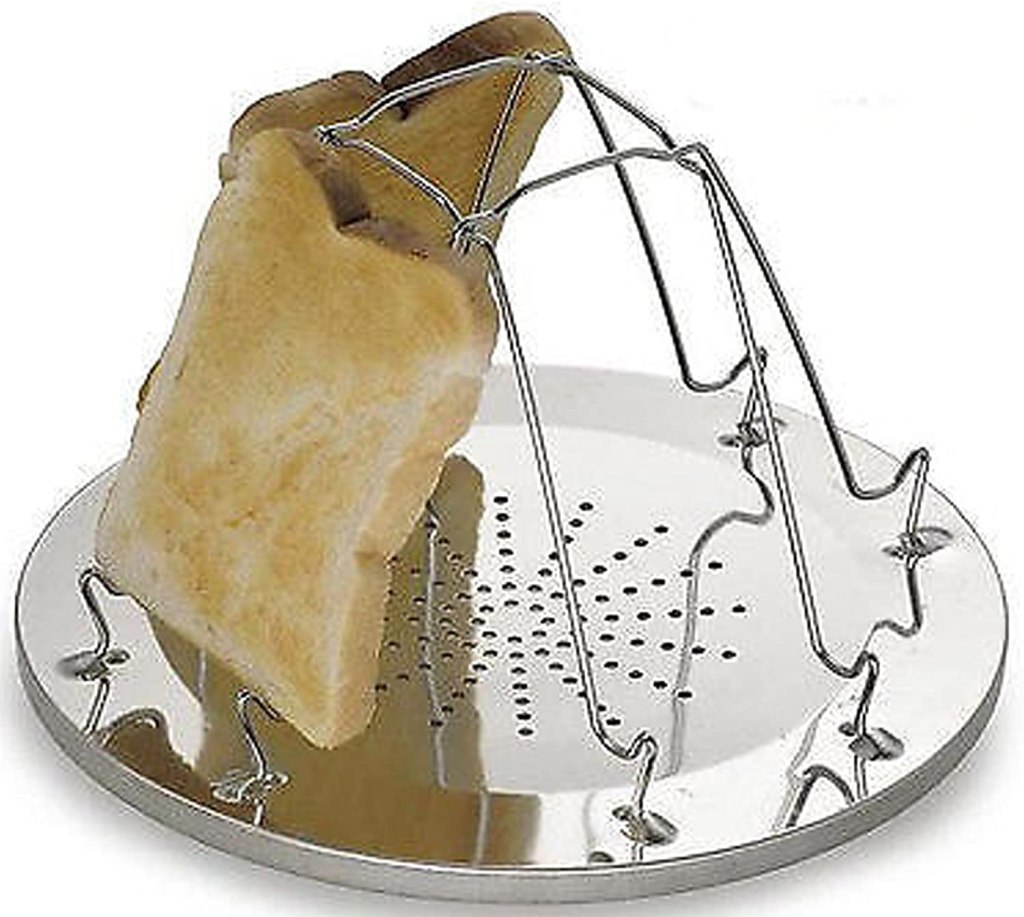
Nigel Slater OBE is an English food writer, journalist and broadcaster. He wrote an autobiographical story of his childhood and called it ‘Toast’. Is there a double entendre here as toast can be used for something that is finished, as in ‘soon their relationship was toast? First appeared in English in the C15th. I have his ‘Appetite’ cookbook; maybe I should raise a glass to Nigel for the success of his recipes; a toast perhaps?
The British love affair with toasted bread has spanned the centuries. In her book The Art of Cookery, published in 1747, Hannah Glasse outlined the differences between Scottish, English and Welsh Rabbit. The Welsh version contained melted cheese and mustard (note 2), the Scottish one omitted the mustard, and the English one involved soaking the toast with a glass of red wine before covering it with cheese and toasting it again. Kitchen utensils were slightly different in the C18th and at some point you had ‘to brown the bread with a hot shovel’. (Note 4)
Whilst we Brits are content with cheese or beans (must be Heinz!) on toast, the French use stale bread, soak it with milk, sugar and cinnamon for a sweet version, or with salt, pepper and mayonnaise for a savoury one, and fry it. They call French Toast Pain Perdu, literally lost bread; love that! The Brazilian version, Rabanadas, is popular around Christmas time.
Toasting forks were made so you could brown your bread over an open fire, or toast your marshmallows as I was doing in Juneau Alaska in 2015.
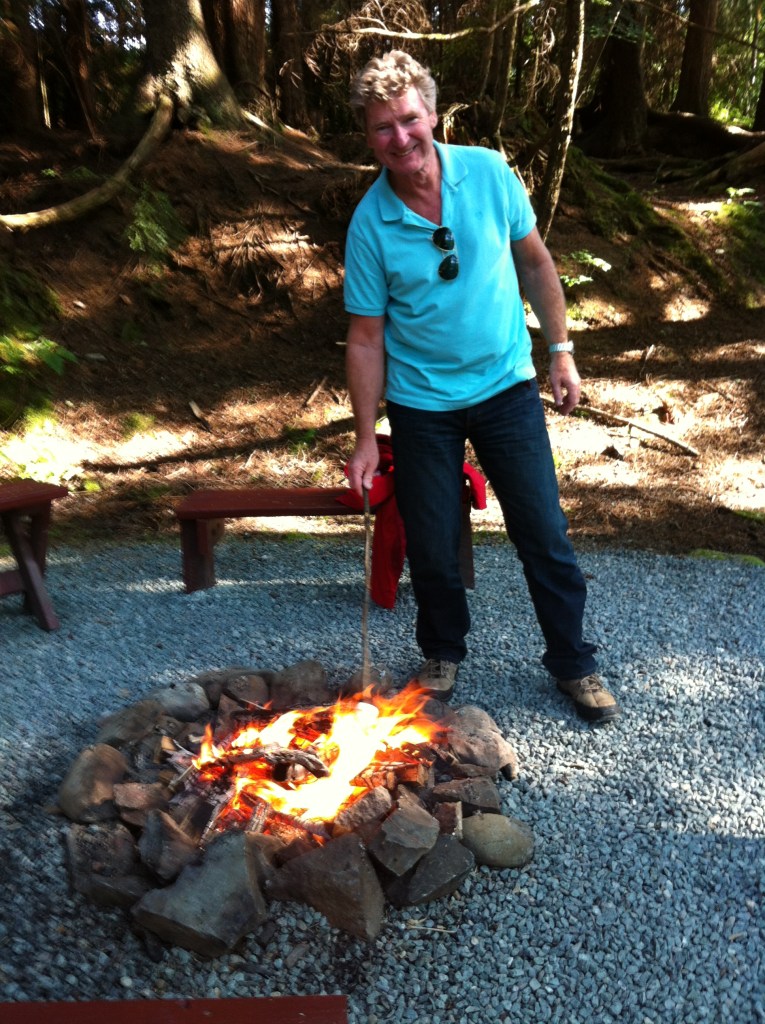
Once upon a time there was sliced white bread and when it was toasted, lathered with butter, slightly salted and cut into fingers, it was the bee’s knees to tuck into after a winter walk, back home in the warm, with a mug of tea.
Enough! I hope you haven’t found these scribbles as dry as toast? Time for my own tea and toast.
Richard 3rd December 2021
Note 1 ‘Under the grill’ as opposed to in a toaster? If someone wants ‘cheese on toast’ it’s difficult to do in a toaster!
Note 2 Escoffier also created a dessert of peaches, a raspberry sauce and vanilla ice cream at the Savoy Hotel in London in 1892, in her honour: Peach Melba!
Note 3 A C21st Welsh Rarebit might include an egg, some Cayenne pepper, a teaspoon of Worcestershire sauce and a dash of beer.
Note 4 Its spelling was changed to Rarebit when someone pointed out it contained no rabbit!
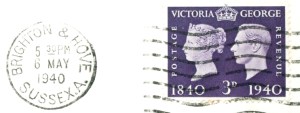
Some healthy chunks of trivia (or shall we say general knowledge…) I didn’t know until today, thank you Professor Yates Eddie
LikeLike
Wonderfully inventive post. Who would have believed you could get so much mileage out of such a humble food item. You missed one reference though…in 1978 the Streetband released a song called ‘Toast’ that got a lot of airplay after being championed by Kenny Everett (you can find the song and original video on YouTube). I didn’t know there’s an English Rabbit, soaked un red wine. Would Irish Rabbit be drenched in Guinness, I wonder?
LikeLike